Belarusians Have Problems Exchanging Dollars
31- 18.01.2025, 9:06
- 20,454
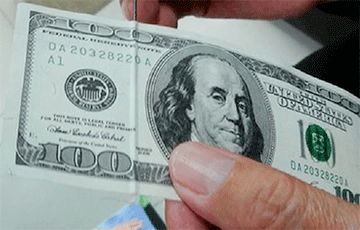
It has become known why this happens.
Recently, Belarusians have repeatedly complained about the difficulties with exchanging old-style US dollars, writes Zerkalo.
There are rumors that some banks intend to refuse to accept them at all or will introduce a commission for this. The Association of Belarusian Banks claims that this is fake.
Nevertheless, sometimes exchange offices do not want to accept the “wrong” American banknotes, and in order to get rid of them, you have to visit several banks. And why are dollar bills of different types in circulation at the same time? And where do the problems with their exchange come from if they all remain legal tender in their home countries? We will tell you.
Why are different dollars in circulation at the same time?
Living in Belarus or in neighboring countries, you inevitably get used to the fact that paper money does not last forever. We are not talking about the decrepitude, due to which the banknote is sooner or later withdrawn from circulation. But about the frequent change of banknotes, which occurs due to the change of state borders, the depreciation of old money and the desire to “modernize” their design and anti-counterfeiting system.
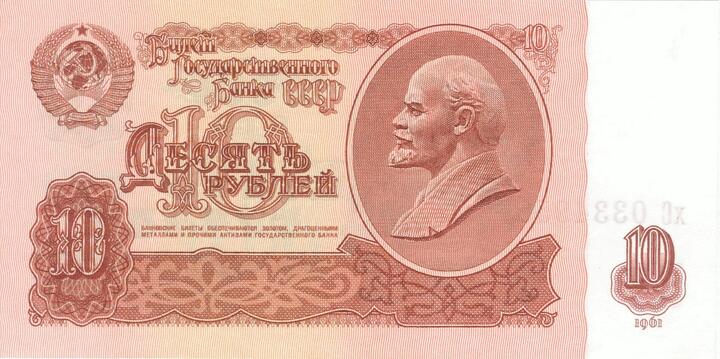
Let's assume that you are an average Belarusian woman or man aged 42. Let's say that you have lived your entire life, starting in 1983, in Belarus, without leaving anywhere. This means that during this time, five generations of banknotes have passed through your hands. The first were the banknotes of Soviet rubles of the 1961 model, followed by the brighter “Pavlov” Soviet rubles of the 1991 model. Then there was a “zoo” of the first Belarusian rubles from squirrels and bunnies to bears and bison of the 1992 model, which quickly depreciated due to hyperinflation and was reborn into large banknotes with a face value of up to 5 million rubles of the 1994-1999 model. After another denomination, these banknotes were deprived of three zeros, but a new wave of hyperinflation depreciated them too, bringing the maximum face value of the new version of Belarusian money to 200 thousand by 2012.
All this money, except for the current Belarusian rubles of the 2016 model, has long been unavailable for payment in stores. Even Belarusian rubles of the previous model were accepted by trade organizations only until the end of 2016. They could be exchanged in banks until the end of 2019, and in the National Bank — until the end of 2021.

From the point of view of Belarusians, the situation with the US dollar is very unusual. In 1861, the authorities of this country issued interest-free demand bills, with the help of which the Civil War that had begun was financed. These bills, nicknamed “greenbacks” due to their green color, actually became the first full-fledged paper currency of the USA. All paper money printed in the USA since 1861 remains legal tender in this country to this day.
For our latitudes, such stability seems like complete fantasy. It is unlikely that anyone would even think of trying to pay in a conventional “Euroopt” store with paper money that was in circulation in Belarus in 1861 (at that time these were Russian Empire credit notes of 1843).
Why do banks sometimes not accept old dollars, which are legal tender in the United States itself?
Since 1861, the appearance of US dollars and their system of protection against counterfeiting have changed several times. Nevertheless, in the country itself, this has not affected the legal status of money of previous “generations” — they are accepted as legal tender at face value.
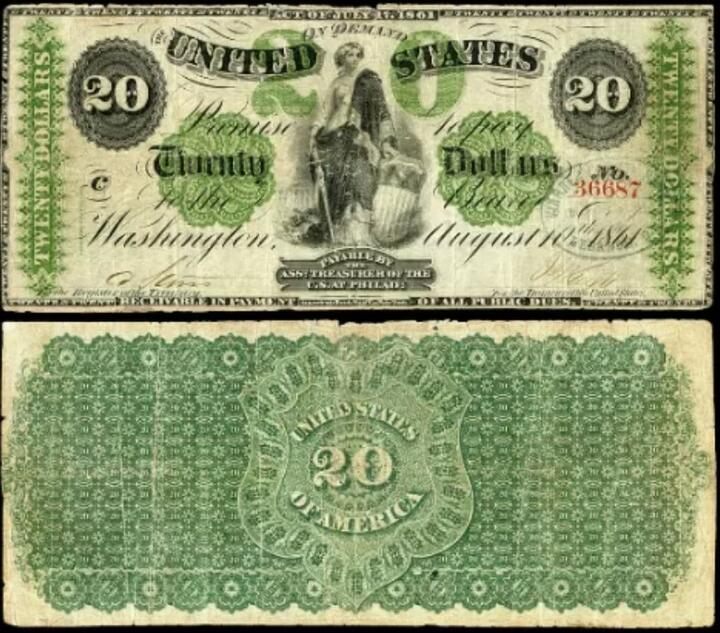
However, for banks in other countries, the opinion of the American government and the Federal Reserve System is not an authority. Different countries treat old dollars differently: in some places banks do not accept them, in others they buy them at a lower rate. This is well known in the United States itself. The Federal Reserve Board of Governors directly states that the policy of accepting different dollars and the different exchange rates on them are controlled by the market, not the US government. It turns out that the status of old dollars as legal tender in the US does not mean that banks in all other countries are obliged to consider them equal to new dollars.
One of the reasons why banks outside the US are “less respectful” of old-style dollars is that new bills are better protected from counterfeiting. One can understand a bank or currency dealer who does not want to buy a counterfeit old-style bill, which is much easier to counterfeit than a new one. But this is only half the truth.
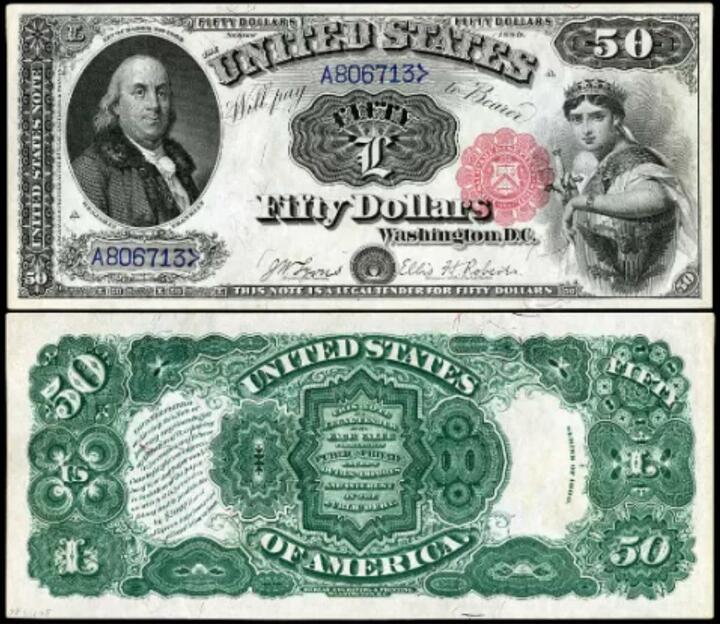
The other half is that in some countries, the latest redesign of the dollar is perceived as an additional way to earn income. A typical story happened in Pakistan in 2017, when local money changers suddenly introduced an additional commission of 4% for exchanging old US dollars. Having bought old dollars cheaply, the money exchangers took them to Dubai, where there were no such commissions. There, they handed over the American money at face value — and thereby received an income of about four dollars from each hundred-dollar bill.
At the same time, a representative of the State Bank of Pakistan, Abid Qamar, said that no legislative restrictions on the trade of any US dollars were introduced. But the banks made such a decision — and the State Bank does not see the need to interfere in this.
Problems with exchanging old dollars usually arise in developing countries such as Morocco, Pakistan, Turkey, Egypt, Vietnam, Sri Lanka, and India. A good selection of the current situation with exchanging old dollars in some countries is on the website of one of the airline ticket search engines.
In some countries, the “dollar discrimination” takes on even more exotic forms. There may be different rates for dollars not only of different years of issue, but also of different denominations. For example, in Thailand, a 100-dollar bill may be offered to be exchanged at a better rate than a 5-dollar bill. A less favorable rate for bills up to 50 dollars is often offered in India.
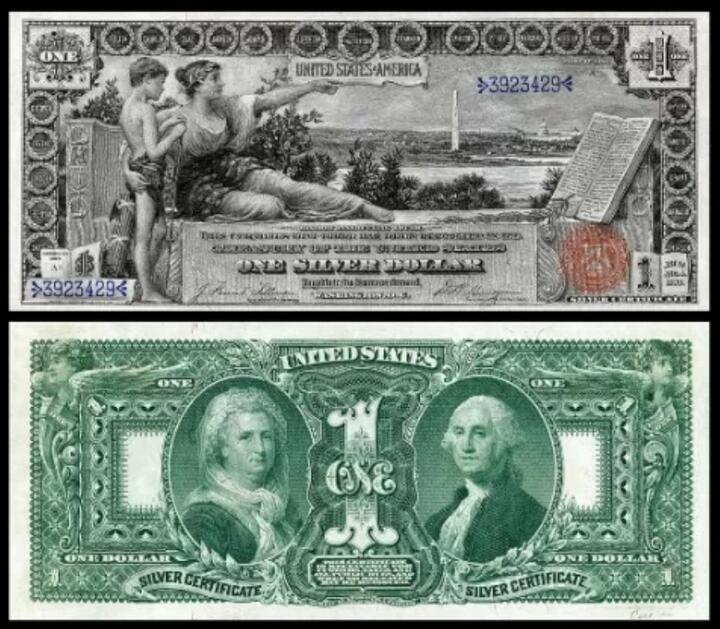
Be that as it may, in our country, as confirmed by the Chairman of the Association of Belarusian Banks Mikhail Pravorau, all US dollars issued since 1928 are legal tender. Apparently, because that was when serial numbers appeared on American banknotes.
“Banks have no restrictions on accepting old-style dollars. US dollars issued since 1928 <…> are subject to acceptance at cash desks of Belarusian banks,” Pravorau emphasized.










